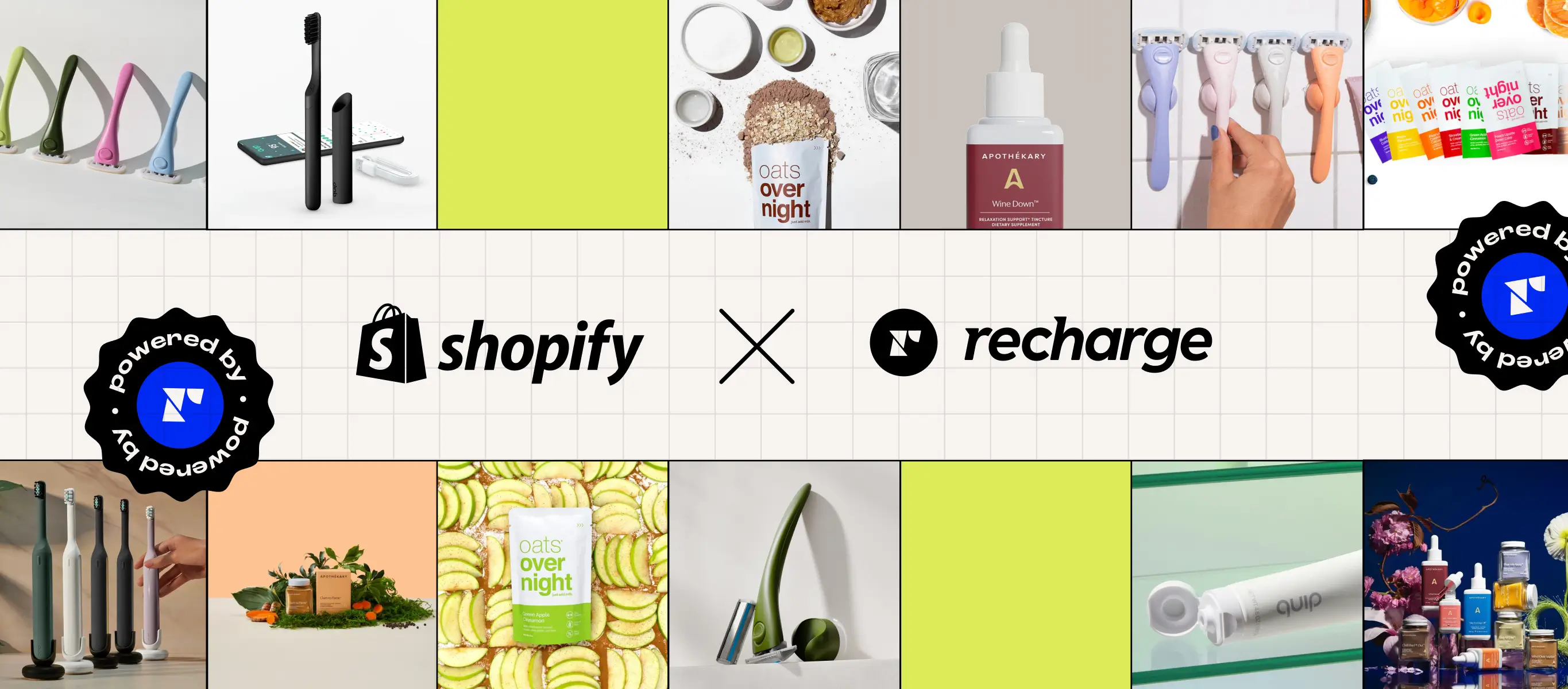If you’re anything like me, you’re tired of hearing about the “unprecedented times” we had in 2020. Last year was the worst for many, but with everyone in their homes, unable to shop traditionally in brick & mortar stores, we saw an absolute rise of e-commerce. This has created the new playing field for merchants who are looking for ways to engage their shoppers in a highly competitive market.
We’re beginning the new year with a market more saturated than ever. How do you respond effectively to competitive pressure without devaluing your brand or products? We created our first ever DTC Handbook, highlighting the ways you can avoid taking risky measures to out-shine the competition while instead focusing on building sustainable, recurring revenue using subscriptions.
This blog will scratch just the surface of the 5 most common, but risky, responses to competitive pressure. Dive into the DTC Handbook to get the details and effective strategies on how to mitigate those responses.
The 5 most common responses to competitive pressures:
Sacrificing margin to meet customer expectations
Let’s address the elephant in the room. And by elephant, I mean the “Amazons” of the world. Due to lack of resources, cash flow, volume (the list could go on), it is unrealistic for merchants to operate in the same vein as Amazon or Walmart.Allowing customer acquisition costs (CAC) to be a growth limiter
As the market becomes even more saturated, the fight for customer attention becomes greater. Where once, merchants were unique in their space with loyal customers, new options are being added at an increasing volume, which can make those previously loyal customers waiver.Over communicating to your customers
Put your shopper shoes on for a moment. How many emails do you label as “spam” and immediately delete from brands you’ve shopped with? We know that merchants are clawing at ways to stand out to their customers, and while communication is necessary, over-communication causes overwhelm.Resorting to constant promos and discounts-
Shoppers are smart. They know that merchants will always have a sale around the corner, and will often wait for it before committing to a purchase. But if you continue to discount your products in order to increase sales, you end up devaluing the product and leave the door wide open for a competitor to swoop in while your shopper is waiting for the next deal.Not putting customer data to work
Oftentimes, merchants don’t have full access to the tools or resources they need in order to effectively analyze customer data. By ignoring this data, the relationship with your customer can become fragile, because you don’t really “know” them.
So what do you do? These competitive pressures aren’t going away any time soon, and the longer we’re faced with lock-downs and the fear of returning to stores, the more merchants will be moving into the e-commerce space. The shopper pool, though large, is finite. How do you stand out, and respond to these competitive pressures in a less risky way?
As it relates to your competitors- Don’t play their game.
In our DTC Handbook, there’s more detail on each of the competitive responses, but more valuable, is the detail on how you can use subscriptions to carve your own path and stand out.



